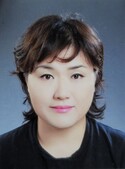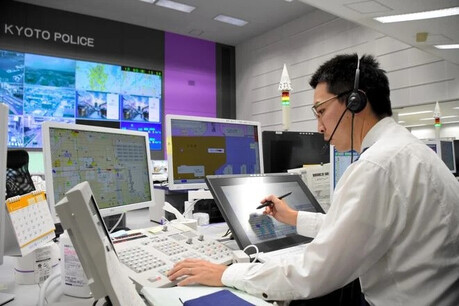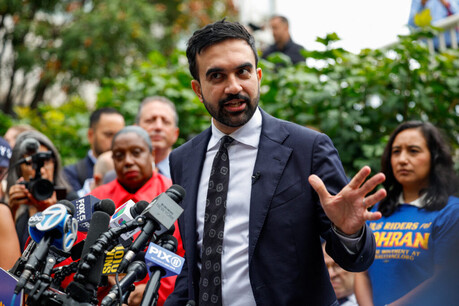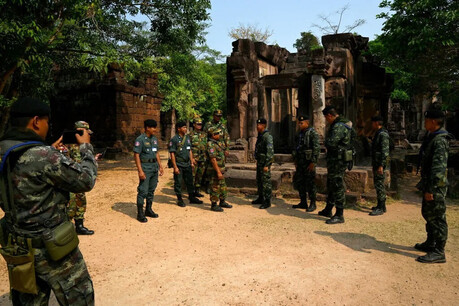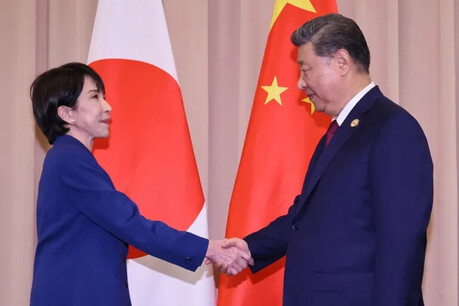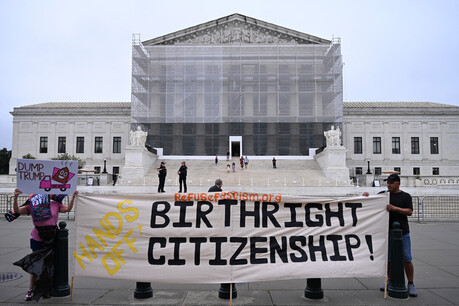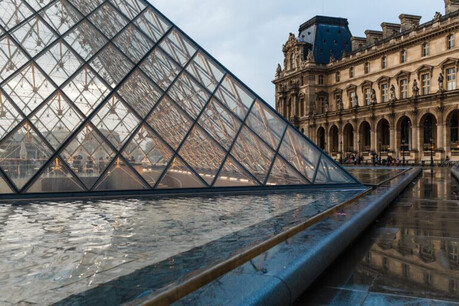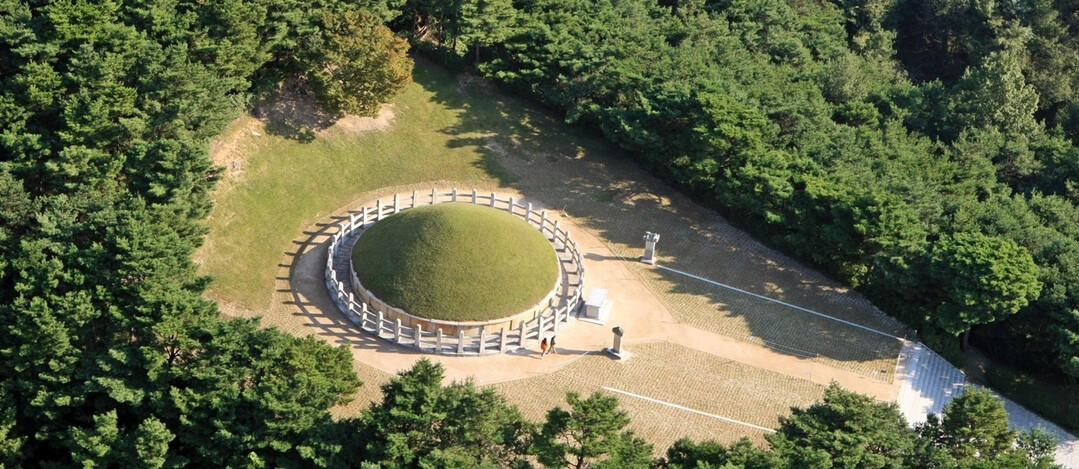
Gyeongju, Silla—Amidst the verdant hills of Gyeongju lies a monumental testament to one of Silla's most revered figures: the tomb of General Kim Yu-sin. More than just a burial site, it is a grand chronicle in stone, a final tribute to a man whose life and ambitions were inextricably linked with the destiny of the Korean Peninsula. His story is one of a foreigner who became a kingmaker and a unifier, a narrative that begins not in Silla but in the heart of a fallen kingdom.
Kim Yu-sin was born a prince of the Geumgwan Gaya confederacy, a kingdom that was absorbed by the powerful Silla. This change of fortune did not deter him. At the age of 15, he emerged as a charismatic leader of the Yonghwa Hyangdo, an elite group of hwarang. He honed his skills not just in battle but in the very mountains and rivers of the Silla capital, Seorabeol. This early training prepared him for a life of relentless conflict, a career defined by his fierce opposition to the forces of Goguryeo and Baekje. His legend was forged on battlefields, but his political acumen and enduring partnerships were equally vital.
The decisive moment that would shape his future came in 642, following the disastrous fall of Daeya Fortress to Baekje. The defeat plunged Silla into crisis. It was then that a fateful journey was undertaken by Kim Chun-chu, a Silla noble who would later become King Muyeol. Kim Chun-chu traveled to Goguryeo to seek a military alliance, a perilous mission that resulted in his capture. The fate of Silla hung in the balance.
Back in Silla, Kim Yu-sin took decisive action. He did not simply wait for news; he created a new reality. He assembled a formidable force of 3,000 elite soldiers and marched to the Goguryeo border. His strategic display of force and unwavering loyalty sent a clear message. Rather than risk a costly new conflict, Goguryeo wisely chose to release Kim Chun-chu. This act of courage and cunning solidified the bond between the two men. Kim Chun-chu saw in Kim Yu-sin not just a soldier, but a steadfast and resourceful partner. Their shared vision of a unified Korean Peninsula transcended personal ambition.
Their partnership would define the next several decades of Silla history. When Queen Jin-deok died without an heir, the throne was not automatically given to the highest-ranking noble. Instead, Kim Yu-sin, after careful consultation with other leaders, skillfully orchestrated the ascension of his ally, Kim Chun-chu, as the new monarch. Kim Yu-sin's influence was not limited to the battlefield; he was a master of political maneuvering. In 660, he was appointed sangdaedeung, Silla's highest political office, and he immediately used his new power to help lead the campaign that led to the swift fall of Baekje.
The partnership continued even after King Muyeol's death. Kim Yu-sin remained a crucial military and political advisor to the new king, Munmu, Muyeol's son. Together, they finally achieved the long-held dream of unification. Kim Yu-sin’s role in this monumental achievement was undeniable. He passed away in 673 at the age of 79, a man who had lived to see his life's work come to fruition.
Today, his legacy is celebrated at his tomb. While he was not a king by birth, his posthumous titles—"Heungmu Daewang" or "Heungho Daewang," meaning "Great King of Martial Might"—underscore the immense respect he commanded. This reverence is physically embodied in the tomb's architecture. It is massive, with a 30-meter diameter, and is adorned with features typically reserved for royal tombs. The most striking of these is the stone railing carved with the twelve zodiac deities, a decorative style that became common for royal mausoleums during the Unified Silla period. This unique feature reflects his posthumous elevation to the status of a king, a final, fitting tribute to the man who unified a nation.
[Copyright (c) Global Economic Times. All Rights Reserved.]















